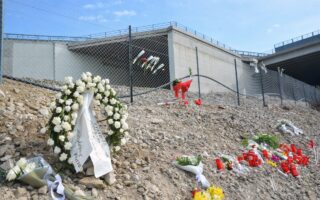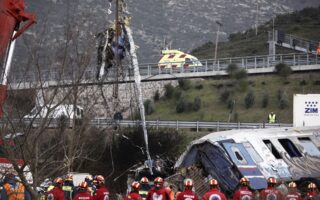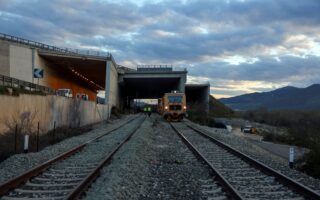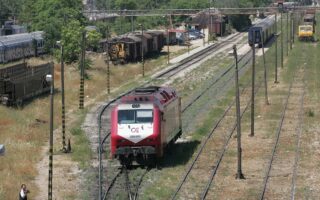EU funds and the OSE barrel
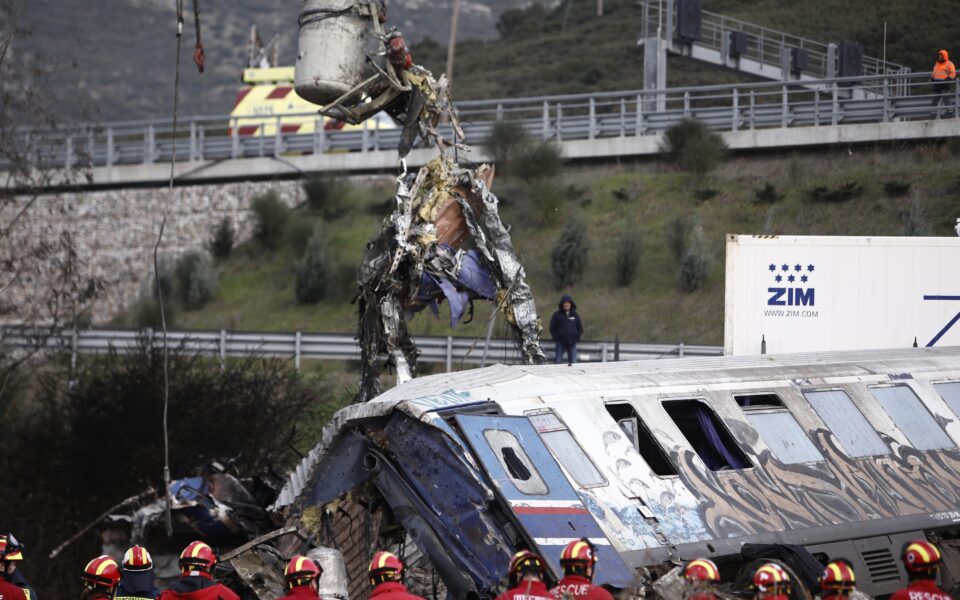
The European Union has its own issues. It is still however a popular resort for those seeking some form of respite in the wake of the deadly train collision at Tempe. After all, who else would have spent 800 million euros on the Greek railways? We can safely assume no one.
Thus we turned to the people in Brussels, looking for answers. After all, they spent so much money, they must know something. Or do they? The truth is, they are finding it hard to come up with a meaningful answer. Or they would not have referred Greece to the European Court of Justice.
The Single European Railway Directive, which regulates railway networks in EU law, was introduced in 2012. Greece was given until June 2015 to implement it. It never did. The directive, the Commission says, is “particularly important for the transparency of the upcoming projects in the railway infrastructure network.”
The directive foresees a contractual agreement between the member-state’s national competent authority and the railway infrastructure manager, containing essential provisions regarding: a) the amount of funds earmarked for the infrastructure services; b) a five-year financing framework for the building, upgrading and maintenance of rail infrastructure, which, as noted “makes public funding predictable;” c) user-oriented (that is, citizen-oriented) performance targets in the form of indicators and quality criteria (for example line speed, customer satisfaction or environmental protection).
The European Commission attributes the failure of the Greek authorities to, among other factors, the lack of transparency regarding the funds allocated to the modernization of the railway system and the timetables of routes.
I am not aware if European funds were derailed from the Greek tracks. However, I do know that the EU has spent nearly a billion euros on the country’s railways. I also know that Greece first received funds for putting in place the European Rail Traffic Management System (ERTMS), a system which monitors the speed of a train and stops it if the permitted speed limit is exceeded, in 2000. OSE, the state-run railway company, has not yet installed the system. I am also aware of the country’s other fundamental shortcoming: the diffusion of responsibility in the Greek public administration.
Speaking to Kathimerini, a Commission spokesman recently pointed out that “it is important to note that the rail infrastructure network remains owned and managed by fully state-owned companies.”
I do not want to sound dogmatic. There is good and bad in the public sector. Both are also found in the private sector. Both sectors must, above all, be judged for their effectiveness. In the case of the railway system, the Greek public sector scored below the cutoff mark.
I will not accept what a veteran of the political scene said years ago: “Should we have had the Swiss civil service? Making everything state-run? With the Greek public sector? God forbid.”

